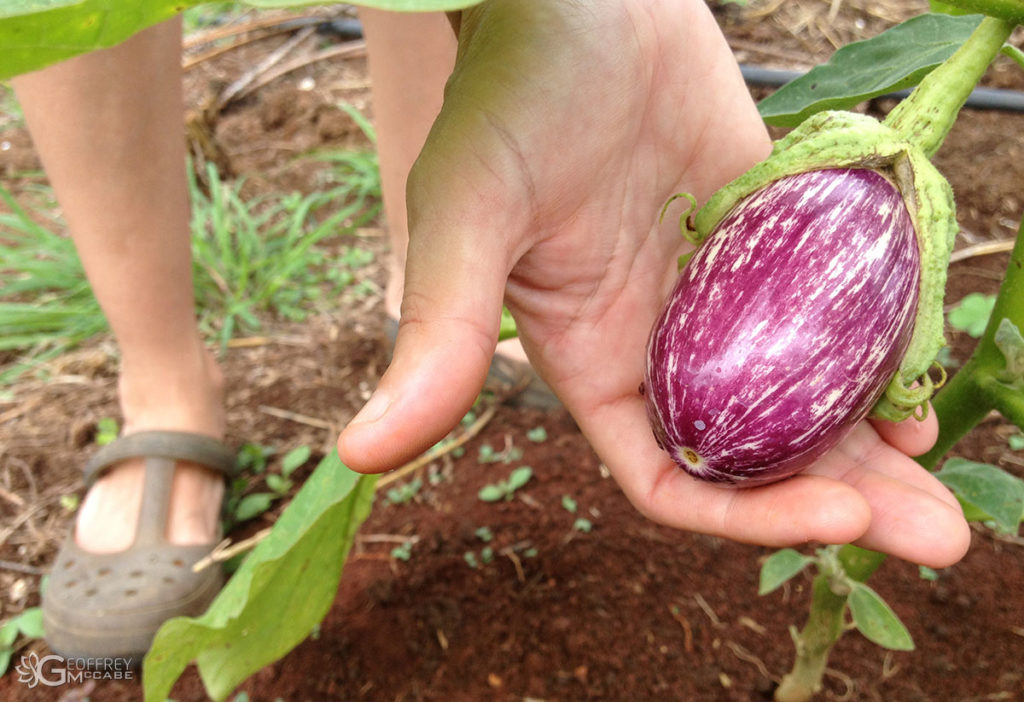Eggplant
Known for their beauty in color, and egg-like shape by which they earned their name, this vegetable belongs to the nightshade family along with it’s brothers and sisters Tomatoes and Sweet Peppers. First allegedly growing wild in in ancient India it was then cultivated by the Chinese and brought over to Europe in the 14th century, where it is most commonly associated with today and goes by the name of Aubergine and is a highly esteemed vegetable in Turkey, France Greece and most famously Italy.
Eggplants grow like Tomatoes on vines reaching up to several feet in height, and is only delicious when cooked, earning it a reputations of bitterness, which fashioned this vegetable gold as a decorative garden plant until the 18th Century when people discovered the unique texture and flavorful meal game changer, and eggplants moved into the forefront and began to work their magic.
High in Fiber, Copper and Vitamin B1 they are also a good source of Phytonutrients which helps antioxidant activities. These Phytonutrients help build up the lipids in cell membranes which in turn helps protect cells from free radicals reeking havoc in the body.
To cook it, many people salt the white flesh and allow to sit for half an hour or more before rinsing off the bitter oil that comes out, and proceeding with the original culinary plan from there. This removes any excess acidity for which Eggplants are known, and allows for them to absorb more flavor. Many people who don’t like eggplants because they’re bitter, will find that they like them prepared in this way.















